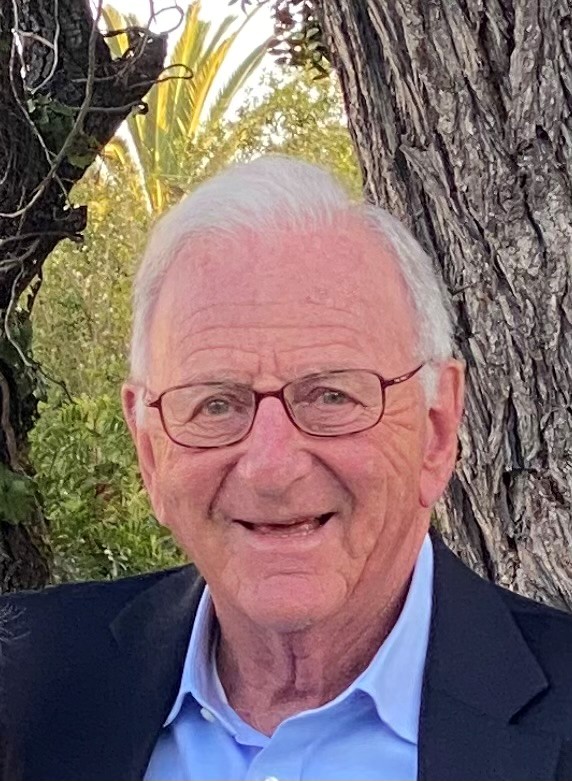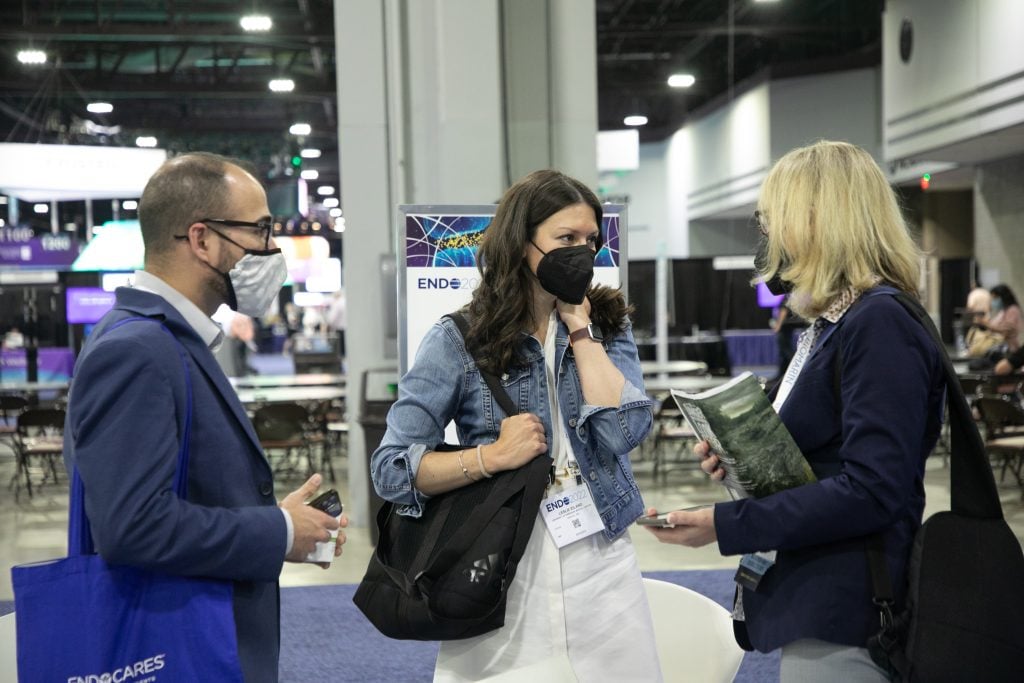
Since attending his first ENDO in 1961, Stan Korenman, MD, hasn’t missed a single annual conference (COVID-19 cancellations notwithstanding). Here, he shares his memories of ENDOs past, the field’s growth along side the Endocrine Society’s, and his advice for those following in his footsteps.
My first Endocrine Society meeting was 61 years ago in New York in 1961 at the Biltmore Hotel. There was a single morning scientific session and perhaps two afternoon sessions lasting until 5 p.m., followed by serious drinks and dinner. I think I only missed one meeting since then, not including the Covid meetings. At the time, I was a medical resident trying to do endocrine research with Sam Koide in Marty Sonnenberg’s lab at Memorial, Sloan Kettering. The meeting blew me away. All these scientists listened attentively to the oral presentations and participated in very vigorous, sometimes impassioned discussion. The science was great, and everything seemed so important. I was hooked on endocrinology.
That was a good thing because Rulon Rawson, my chair of medicine, was sending me to the National Institutes of Health in two months to the Roy Hertz’s Endocrine Branch of the National Cancer Institute where I worked with Mort Lipsett and Griff Ross.
In 1961, endocrinology was probably the most scientifically advanced clinical discipline because our molecules had measurable biological actions in many species. However, biological assays were not good enough and you couldn’t measure most hormones in blood. We developed radioisotope dilution and radioimmunoassays for TSH and many reproductive hormones. However, I was most excited by Jensen and Jacobson’s study showing that estradiol resided in target tissues for a long time and was not metabolized in the course of performing its work. That implied the existence of steroid hormone receptors, which became a major area of study, initially with Bert O’Malley utilizing the chick oviduct.
Whether you do mostly science or clinical medicine, challenging questions will confront you with great frequency and attention to those problems will be personally rewarding, as well as contributing to humanity. Find your niche. Invest in your colleagues and you are likely to have a very satisfying life in endocrinology.
As endocrinology grew in importance, the Society grew and grew. As it grew, the meetings became much harder to encompass with gigantic poster sessions overtaking the many simultaneous oral presentations. I worry that young endocrinologists will never feel the intimacy of belonging to a special knowledge group composed of far-flung friends with similar passionate interests. [Editor’s Note: The Endocrine Society’s Special Interest Groups were created to address this very issue.]
My other special memories of the Society consisted of the nine years founding and chairing the Ethics Committee. We wrote the Society bylaws. We proposed disclosure of conflicts of interest before most organizations and we dealt with the disparate interests of academic and practicing members compared to company members. Those issues never disappear.

What do I want to say to a young person passionately or tentatively entering the field?
It’s a great field, maintaining and expanding its fascination over my lifetime as it will during your lifetime. Whether you do mostly science or clinical medicine, challenging questions will confront you with great frequency and attention to those problems will be personally rewarding, as well as contributing to humanity. Find your niche. Invest in your colleagues and you are likely to have a very satisfying life in endocrinology.
Further Reading:
An ENDO to Remember, Part I: Carrying the Torch.

